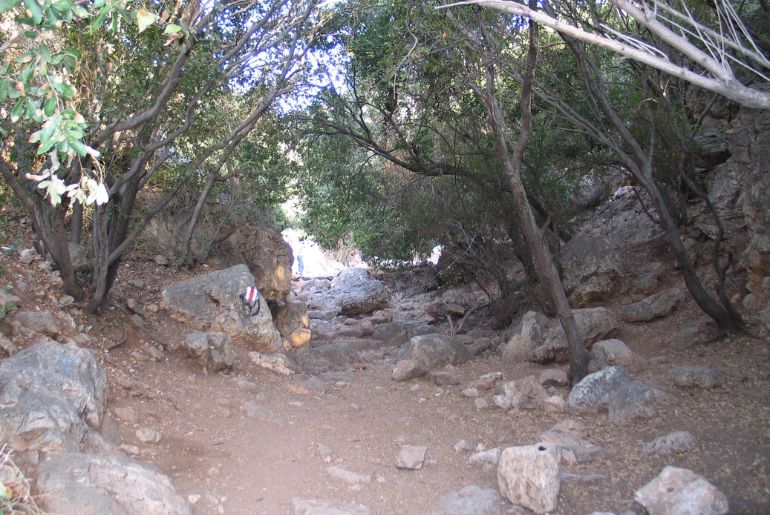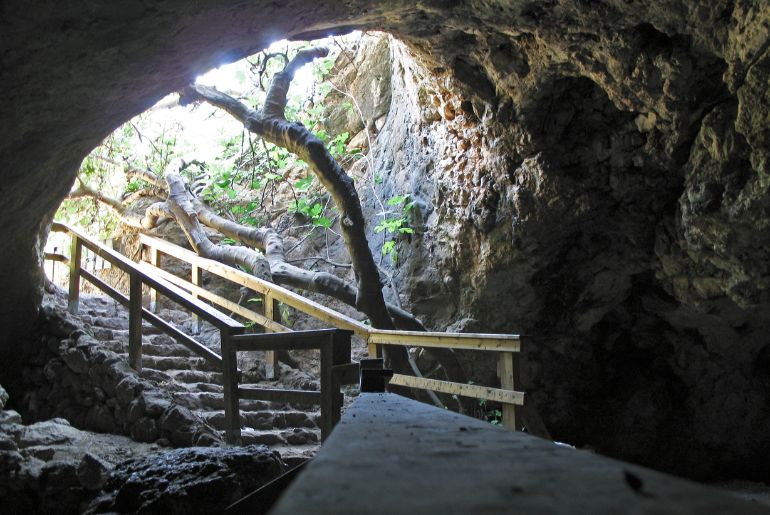Necromancy as a practice has been done for ages. Humans in ancient times had all kinds of beliefs and practices when it came to the dead. Evidence of necromancy has been found in Israel’s Te’Omim caves. The cave was first mapped in the 19th century and has been an active site of research and study, according to an article by The Times of India.
Evidence Of Necromancy In Israel’s Te’omim Caves

If you’re an archaeological aficionado, you might find this piece of news thrilling. Recently, a new study conducted around the caves has revealed evidence that suggests that the people in the area 2,000 years ago dabbled in the dark art of necromancy.
In case you did not know, necromancy is the dark art of communing with the dead. Remnants of old human skulls, ceramic as well as glass bowls, axe heads, etc., were found inside the cave suggesting that occult practices and dark magic were practised in the area.
According to the TOI article, human skulls were found deep in the crevices of the cave. More than 120 oil lamps were also discovered in the cave. The caves are located around 30 kilometres from Jerusalem in the Israeli city of Beit. Ancient texts found in the region also mention necromancy.
Also Read: 2,000-YO Shipwreck Discovered Near A Croatian Island With Roman Pots From 3rd Century BCE
About These Ancient Caves

According to reports, the cave was believed to be a portal to the underworld. The practices probably took place around the late Roman period by Roman pagans. Further, this particular cave has an underwater spring which was believed to have healing properties.
The inner chamber of the caves is still an active site of study. The cave is also known as Twin Cave and many secret passageways were discovered in it around 1970. Weapons, pottery, coins, etc., were discovered in the cave. The TOI article also suggests that during the Bar Kochba Revolt, the cave played an important role.
Also Read: DCT Abu Dhabi Excavations Led To The Discovery Of Artefacts Belonging To 1300 BCE In Al Ain
Would you want to visit the cave if you ever has the chance to? Let us know in the comments below!
Cover Image Credits: Wikimedia Commons
First Published: July 31, 2023 2:13 PM



